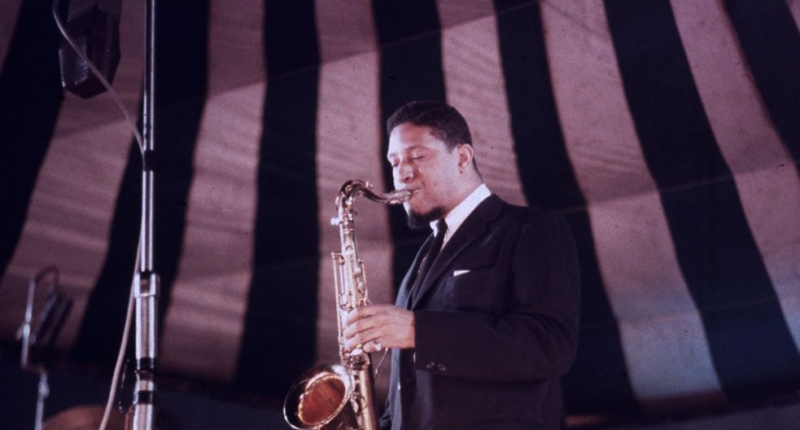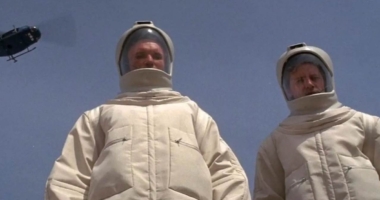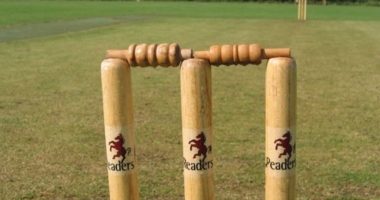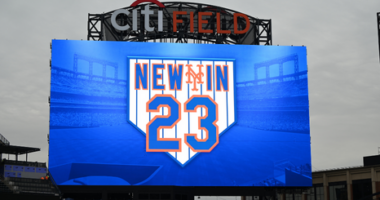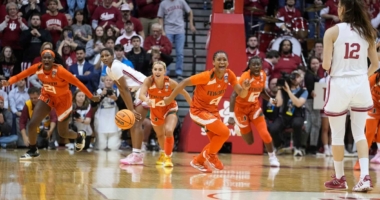Haunted by the emergence of free jazz and the arrival of John Coltrane, Sonny Rollins experienced a significant crisis that led him to silence until 1961. However, before going into retirement, Rollins recorded a final session in October 1958, in the company of a few of the Contemporary label’s leading lights. This resulted in explosive, joyous music with irresistible swing. This record is considered somewhat forgotten and underestimated compared to Rollins’ later masterpieces, but it is essential when reflecting on the trajectory of this saxophonist. Way Out West, an album recorded in Los Angeles in 1957, marked the beginning of a long and intimate journey of self-questioning and reinvention for Rollins, in which he challenged himself by abandoning the harmonic support of the piano to embark on a risky trio formation, which was avant-garde and unusual at the time. Contemporary Records has published a three-volume anthology that documents this exciting and decisive moment in the saxophonist’s career, which is a must-have for jazz enthusiasts.
Sonny Rollins’ Way Out West and Sonny and the Contemporary Leaders Revisited
Contemporary Records, the famous Californian jazz label, celebrates Sonny Rollins’ 70th birthday with a three-volume anthology that reflects on a critical period in the saxophonist’s career.
Part of the reissues series, which began two years ago, commemorating the 70th anniversary of Contemporary Records, this expandable anthology features Sonny Rollins’ only two studio albums for the label, Way Out West and Sonny and the Contemporary Leaders, alongside alternate takes of both sessions. It is a compilation that documents a thrilling and decisive moment in Rollins’ career.
Way Out West, recorded in Los Angeles on March 7, 1957, featured a stimulating rhythm section comprising of bassist Ray Brown and drummer Shelly Manne. It marked the beginning of a long and intimate journey of self-questioning and reinvention for Rollins at the turn of the 1960s.
Rollins, recognized by his contemporaries as the undisputed leader of the new saxophone school after his album Saxophone Colossus, which was a genuine manifesto of the conquering hard bop, challenged himself on Way Out West by abandoning the harmonic support of the piano to embark on a risky trio formation, which was avant-garde and unusual at the time.
The result was a fresh, controlled, and innovative masterpiece in which Rollins spontaneously brought the trio formula to a form of balance that has never really been surpassed. This trio formation was extended and creatively shaken up a few months later in a concert at the Village Vanguard with Wilbur Ware on double bass and Elvin Jones on drums, which was immortalized in another legendary album, A Night at the Village Vanguard (Blue Note).
The three-volume anthology is a must-have for jazz enthusiasts and serves as an invaluable insight into one of the most innovative saxophonists of our time.
Sonny Rollins’ Forgotten Record
In October 1958, Sonny Rollins was haunted by the arrival of John Coltrane and the emergence of free jazz, which fascinated and disturbed him. This led to a significant crisis that led him to retire from music until 1961. Before retiring, he recorded a final session with a few of Contemporary label’s leading musicians, including pianist Hampton Hawes, guitarist Barney Kessel, double bassist Leroy Vinnegar, and drummer Shelly Manne. The result was explosive and joyous music, with irresistible swing, sounding a world away from the identity issues that tortured him.
Despite being forgotten and underestimated compared to Rollins’ later masterpieces, this record is essential when reflecting on the trajectory of this saxophonist, as it represents a celebration of a kind of lost innocence, an anachronistic gem.
Don’t miss interesting posts on Famousbio

